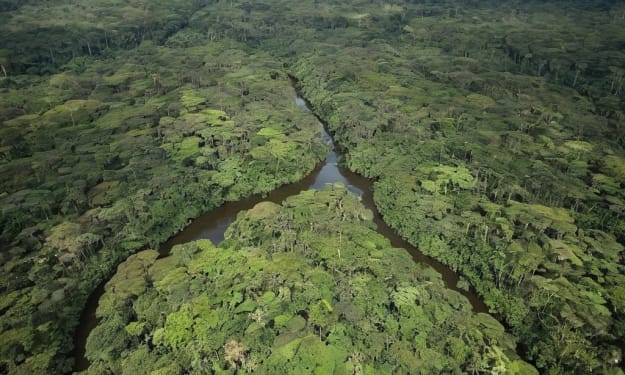The world according to BRICS
Five emerging economies
1.Introduction
The BRICS acronym represents five emerging economies: Brazil, Russia, India, China, and South Africa. This group, which was formed in 2006, aims to promote economic cooperation, political dialogue, and cultural exchange among its members. Over the years, the BRICS nations have garnered global attention due to their significant economic growth, regional influence, and collective aspirations to reshape the world order. This article will explore the world according to BRICS, examining their achievements, challenges, and potential impact on the global stage
2.Economic Growth and Influence
The BRICS countries collectively represent over 40% of the world's population and account for about one-quarter of the global GDP. Their economic growth rates have consistently outpaced those of developed nations, establishing them as major players in the global economy. China, the largest economy among the BRICS, has been the primary driving force, with its rapid industrialization and export-oriented approach. Additionally, India's growing consumer market and technological advancements, along with Brazil's natural resource abundance, have contributed to the group's economic clout.
Furthermore, the BRICS nations have sought to challenge the dominance of traditional Western-led financial institutions. In 2014, they established the New Development Bank (NDB), providing an alternative source of funding for infrastructure projects in developing countries. The NDB aims to foster greater financial inclusion and reduce reliance on established institutions such as the International Monetary Fund (IMF) and World Bank
3.Geopolitical Influence and Cooperation
BRICS members have increasingly flexed their geopolitical muscles, challenging the existing world order and shaping global governance structures. These nations often present a united front on various global issues, such as climate change, multilateralism, and trade. Their collective voice has become influential in international forums like the United Nations and G20 summits, providing an alternative perspective to Western-dominated narratives.
China's Belt and Road Initiative (BRI) has been a flagship project that aims to enhance connectivity and foster economic cooperation across continents. The BRI has significant implications for trade, infrastructure development, and regional influence, bolstering China's position as a global player. However, concerns about debt sustainability, environmental impacts, and geopolitical implications have also been raised.
The BRICS nations have taken steps to deepen intra-BRICS cooperation through various mechanisms, including the BRICS Business Council, BRICS Think Tanks Council, and BRICS Academic Forum. These platforms facilitate dialogue, knowledge-sharing, and joint initiatives, fostering deeper ties among member nations.
4.Challenges and Future Prospects
Despite their significant achievements, the BRICS face various challenges that could affect their collective aspirations. Economic disparities, social inequalities, corruption, and political instability pose obstacles to sustainable growth within individual nations. Additionally, tensions between BRICS countries, such as border disputes and trade conflicts, highlight potential fissures within the group.
Moreover, technological advancements, such as the rise of artificial intelligence and automation, pose both opportunities and threats to the BRICS economies. Ensuring inclusive growth and adapting to the changing technological landscape will be crucial for their future success.
Nevertheless, the BRICS nations have the potential to shape the future global landscape. As they continue to strengthen their economic and geopolitical ties, they may further challenge the dominance of Western powers. The BRICS could play a pivotal role in reshaping global governance, fostering multipolarity, and advancing the interests of emerging economies on the international stage.
5.Conclusion
The BRICS nations, comprising Brazil, Russia, India, China, and South Africa, have emerged as significant players in the global landscape. Their collective economic growth, geopolitical influence, and collaborative efforts to challenge established structures demonstrate their potential to reshape the world order. Despite facing challenges, the BRICS countries are actively working to deepen their cooperation, address disparities, and navigate the evolving technological landscape. The world according to BRICS holds promise for a more multipolar and interconnected future.






Comments
There are no comments for this story
Be the first to respond and start the conversation.